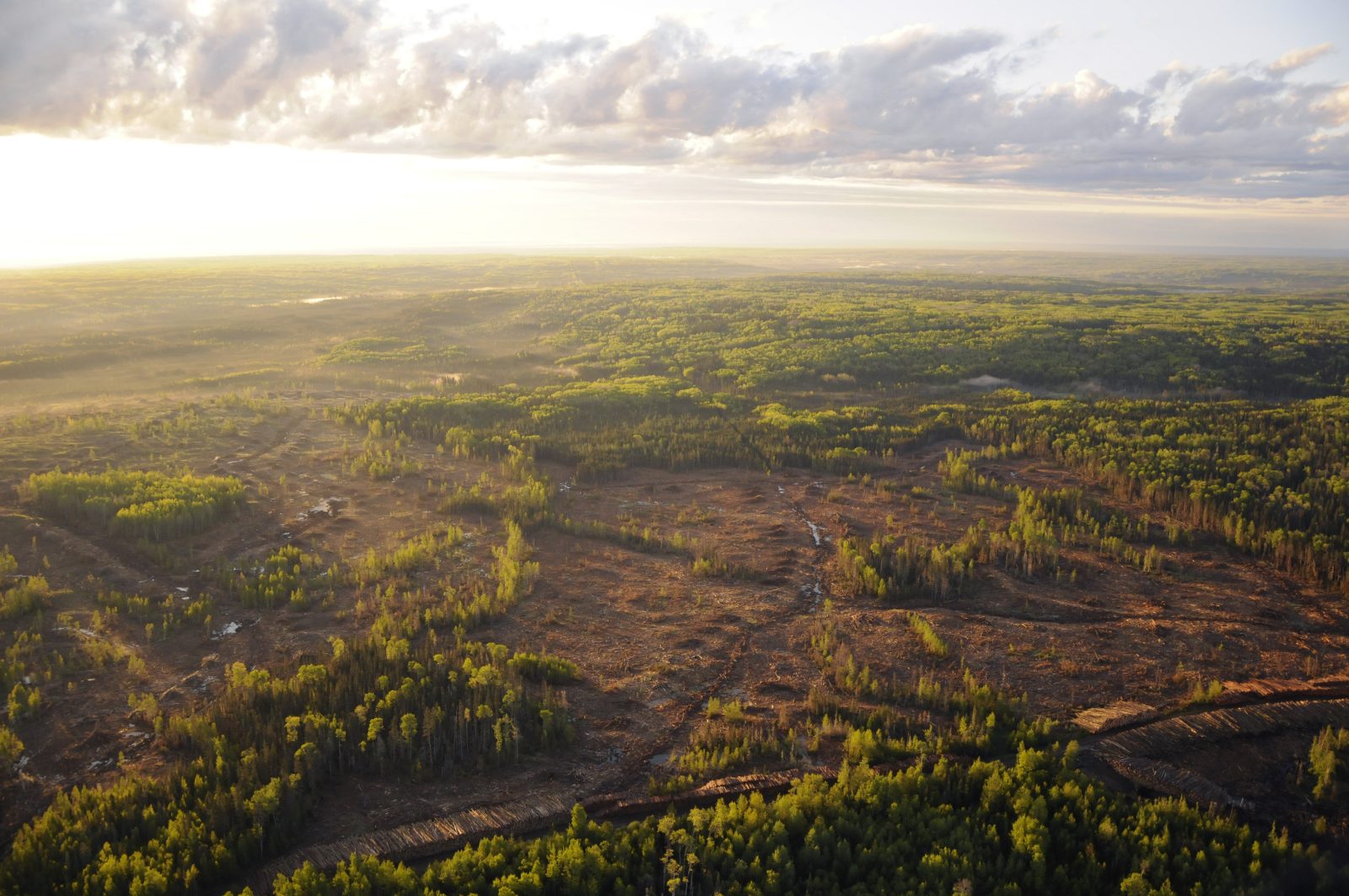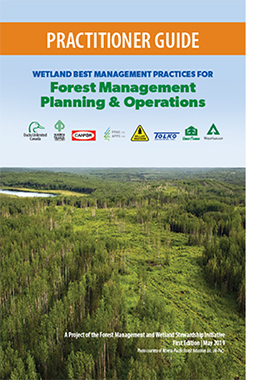Ducks Unlimited Canada
National Boreal Program
10525 170 St NW Suite 300
Edmonton, Alberta, Canada
T5P 4W2

Ducks Unlimited Canada
National Boreal Program
10525 170 St NW Suite 300
Edmonton, Alberta, Canada
T5P 4W2

The FMWSI’s Wetland Best Management Practices for Forest Management Planning and Operations Practitioner Guide was developed to promote planning and operating practices that can help forest practitioners better incorporate wetland stewardship into their work. This resource is complementary to the FMWSI Guiding Principles for Wetland Stewardship and Forest Management project.
Wetlands are an important part of Canada’s boreal forest and provide ecological, social and economic benefits. Ecological benefits include filtering and storing water, providing habitat for Canada’s plants and animals, and storing and sequestering carbon. Wetlands are important places for recreational, cultural, and spiritual activities, while also providing economic benefits, such as those that come from natural resource industries.
Canada’s upland boreal forests are linked to boreal wetlands through multiple pathways including surface and sub-surface water flow. Functioning wetlands are important for maintaining healthy forests and sustainable forest management is important for maintaining functioning wetlands.
Boreal wetlands are sensitive systems, but careful planning and practices by forest practitioners can avoid or minimize adverse effects and operational challenges associated with forest management activities.
In this Guide, BMPs refer to practices that can be applied to avoid or minimize adverse effects to boreal wetlands and that represent the best current knowledge and methods. BMPs are recommendations, not rules or requirements, that when applied in conjunction with relevant Acts and Regulations can help forest practitioners maintain environmental values and can be used to support or complement environmental systems, certification standards, or other requirements that forestry companies follow.

Photo courtesy of Millar Western (L) and DUC (R)
Adopting wetland BMPs is one way of demonstrating corporate commitment to wetland stewardship, by demonstrating a willingness to go above regulatory requirements. The wetland BMPs described in this guide are intended to support the four guiding principles described in the Guiding Principles:
And the six stewardship objectives described in the Guiding Principles:
The Wetland Best Management Practices for Forest Management Planning and Operations Practitioner Guide was written for forest practitioners involved in operational planning and on-the-ground activities. The focus of the Guide is on Canada’s Boreal Plains ecozone, but guidance may also apply outside this region.

“This easy to use field guide is a great resource for the forest industry and provides wetland planning and operating practices for access roads, forest harvest, forest renewal, and more. With extensive wetlands in many of the areas we work, applying wetland best management practices can help avoid and minimize adverse effects to wetlands and promote wetland stewardship within our forestry operations.”
– Allan Bell, Woodlands Manager, Tolko Industries Ltd.
Members developed a short user-friendly Practitioner Guide
 This product describes wetland best management practices for:
This product describes wetland best management practices for:

Photo courtesy of Alberta Pacific Forest Industries Inc.
DUC would like to thank FMWSI partner companies and their representatives for contributing their time, expertise, and resources to the Wetland Best Management Practices for Forest Management Planning and Operations project and the FMWSI initiative.